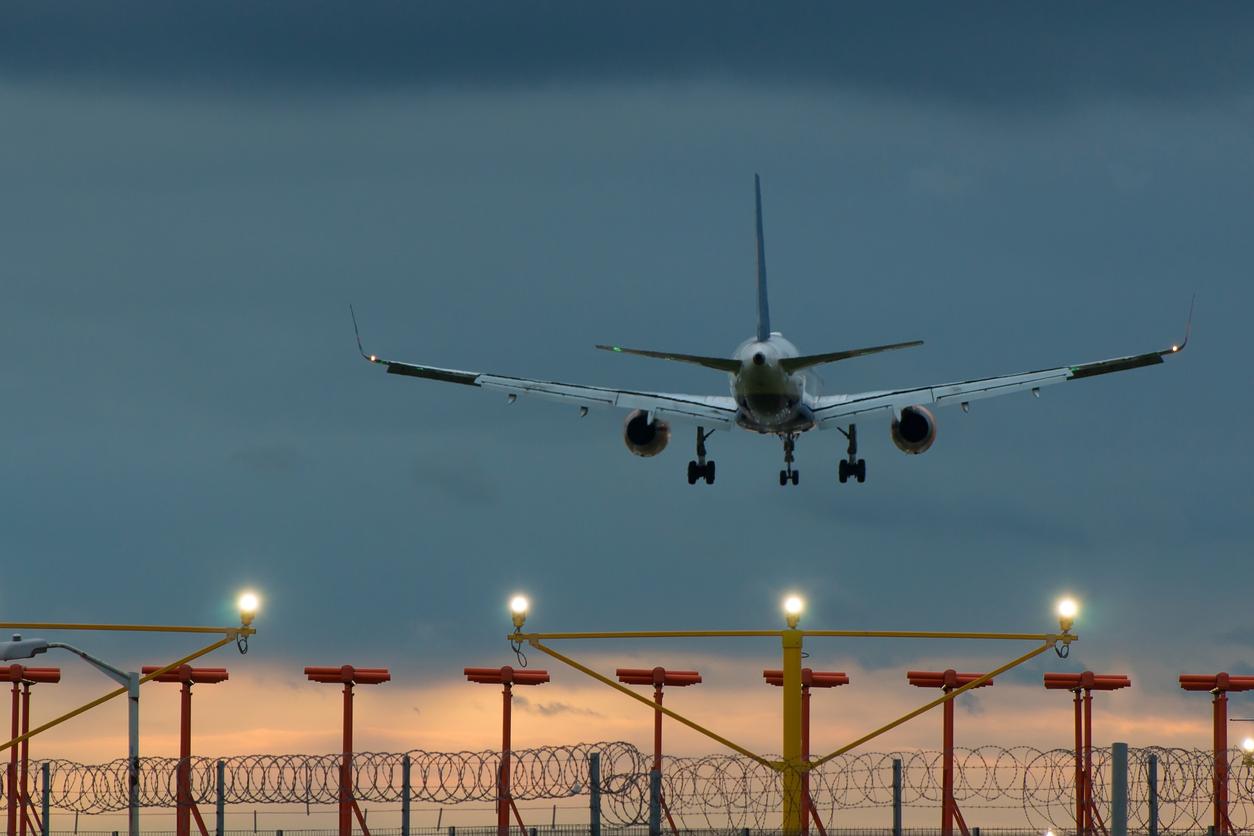This website uses cookies so that we can provide you with the best user experience possible. Cookie information is stored in your browser and performs functions such as recognising you when you return to our website and helping our team to understand which sections of the website you find most interesting and useful.

Another decade over, and the Twenties begin with much the same airlines deploying the same planes on the same sorts of routes as they did at the start of the 2010s.
Aviation does not change fast, but the schedule analysers at OAG have looked at some key metrics and identified serious shifts. In case you don’t have time to read and digest the full report, I have quarried it for you.
Densest city pairs
As previously mentioned here, the domestic link from Seoul’s Gimpo airport (the old, close-to-the-city one) to the holiday island of Jeju is easily the most popular in the world. But at the start of the last decade the South Korean link was only third in the world, below two Japanese domestic routes: from Tokyo’s Haneda airport (HND: the old, close-in one) to Chitose (CTS) and Fukuoka (FUK). If you are unfamiliar with these locations: the former serves the northern city of Sapporo on the island of Hokkaido; the latter is the biggest city on the isle of Kyushu.
What they have in common is that they are sufficiently distant from Tokyo for planes to have a real time advantage over bullet trains (and, in the case of Sapporo, the need to change to an ordinary train to go through the undersea tunnel to Hokkaido). What the FUK and CTS connections by air offer are 90-minute journeys and sub-15,000 yen (£105) flights with reasonable advance booking.
Created with Sketch.
Created with Sketch.
1/20 Qantas
Check up: the Qantas fleet of Boeing 737-800 aircraft are being examined
Qantas
2/20 Air New Zealand
Air New Zealand
Getty Images
3/20 Eva Air
Eva Air
Getty Images
4/20 Etihad
Etihad
Getty Images
5/20 Qatar Airways
Qatar Airways
Heathrow Airport
6/20 Singapore Airlines
Singapore Airlines
Getty
7/20 Emirates
Emirates
AFP/Getty
8/20 Alaska Airlines
Alaska Airlines
Getty Images
9/20 Cathay Pacific
Cathay Pacific
Getty
10/20 Virgin Australia
Virgin Australia
Getty Images
11/20 Hawaiian Airlines
Hawaiian Airlines
Hawaiian Airlines
12/20 Virgin Atlantic
Virgin Atlantic
Virgin Atlantic
13/20 TAP Portugal
TAP Portugal
Getty Images
14/20 SAS
SAS
AFP/Getty
15/20 Royal Jordanian
Royal Jordanian
Björn Strey/Wikimedia
16/20 SWISS
SWISS
Getty Images
17/20 Finnair
Finnair
Getty
18/20 Lufthansa
Lufthansa
Reuters
19/20 Aer Lingus
Aer Lingus
AFP/Getty
20/20 KLM
KLM
Getty
1/20 Qantas
Check up: the Qantas fleet of Boeing 737-800 aircraft are being examined
Qantas
2/20 Air New Zealand
Air New Zealand
Getty Images
3/20 Eva Air
Eva Air
Getty Images
4/20 Etihad
Etihad
Getty Images
5/20 Qatar Airways
Qatar Airways
Heathrow Airport
6/20 Singapore Airlines
Singapore Airlines
Getty
7/20 Emirates
Emirates
AFP/Getty
8/20 Alaska Airlines
Alaska Airlines
Getty Images
9/20 Cathay Pacific
Cathay Pacific
Getty
10/20 Virgin Australia
Virgin Australia
Getty Images
11/20 Hawaiian Airlines
Hawaiian Airlines
Hawaiian Airlines
12/20 Virgin Atlantic
Virgin Atlantic
Virgin Atlantic
13/20 TAP Portugal
TAP Portugal
Getty Images
14/20 SAS
SAS
AFP/Getty
15/20 Royal Jordanian
Royal Jordanian
Björn Strey/Wikimedia
16/20 SWISS
SWISS
Getty Images
17/20 Finnair
Finnair
Getty
18/20 Lufthansa
Lufthansa
Reuters
19/20 Aer Lingus
Aer Lingus
AFP/Getty
20/20 KLM
KLM
Getty
Yet in a decade, passenger numbers in Japan have stayed fairly flat while demand for Jeju has soared by 70 per cent to over 17 million annually. That’s 2,000 per hour, every day of the year.
Fourth place among the city pairs is a link that, 10 years ago, was 465th in the world. Hanoi to Ho Chi Minh City has become the fourth member of the exclusive club of 10-million-plus passengers. Fares are as low as £25, even booking on the day, and to give you an idea of frequency there is a a choice of three flights at 7am alone (Bamboo, Vietjet, Vietnam Airlines). Inter-city passengers show a strong preference for plane (717 miles, two hours, mainly spent flying over Cambodia) to the S-shaped train journey (1,072 miles, 34 hours).
The rise of Vietnam has dinked Sydney-Melbourne down to fifth place, with just 1 million passengers put on the route in a decade – 1 per cent growth annually. Given the growth of aviation in Australia is stronger than that, and the unfortunate fact that there is still no fast rail link between the nation’s biggest cities, I put the slow increase down to more direct links being available from Melbourne – reducing the numbers who have to fly to Sydney first. International passenger numbers from Melbourne have doubled in a decade to almost 10 million.
Fastest-growing countries
You might imagine that the sharpest increase in available aircraft seats would be in the powerhouses of China and India.
In fact, the top three comprise Vietnam, trebling in a decade, followed by Turkey and Peru – both of which have more than doubled.
Ethiopia and Cambodia have also done well, though the latter is from a very small base.
Most popular planes
The Airbus A320 family (which includes the smaller A318 and A319, as well as the very fashionable stretched A321) is now by far the most frequent model flown, having almost doubled in the decade while the Boeing 737 series put on only 30 per cent.
Among long-haul jets, the Boeing 777 is comfortably ahead of the A330 as most popular.
Biggest airlines
All kinds of measures can be used for this ranking, from fleet size to route passenger kilometres. But OAG simply assesses seat numbers. The big six US carriers have become four, with American merging with US Air to take top place, and United taking over Continental but staying in fourth place – Southwest and Delta are bigger.
Ryanair jumps from seventh to fifth, while easyJet enters the top 10 for the first time at eighth. Who knows where they will be by 2029?



 Africana55 Radio
Africana55 Radio 

